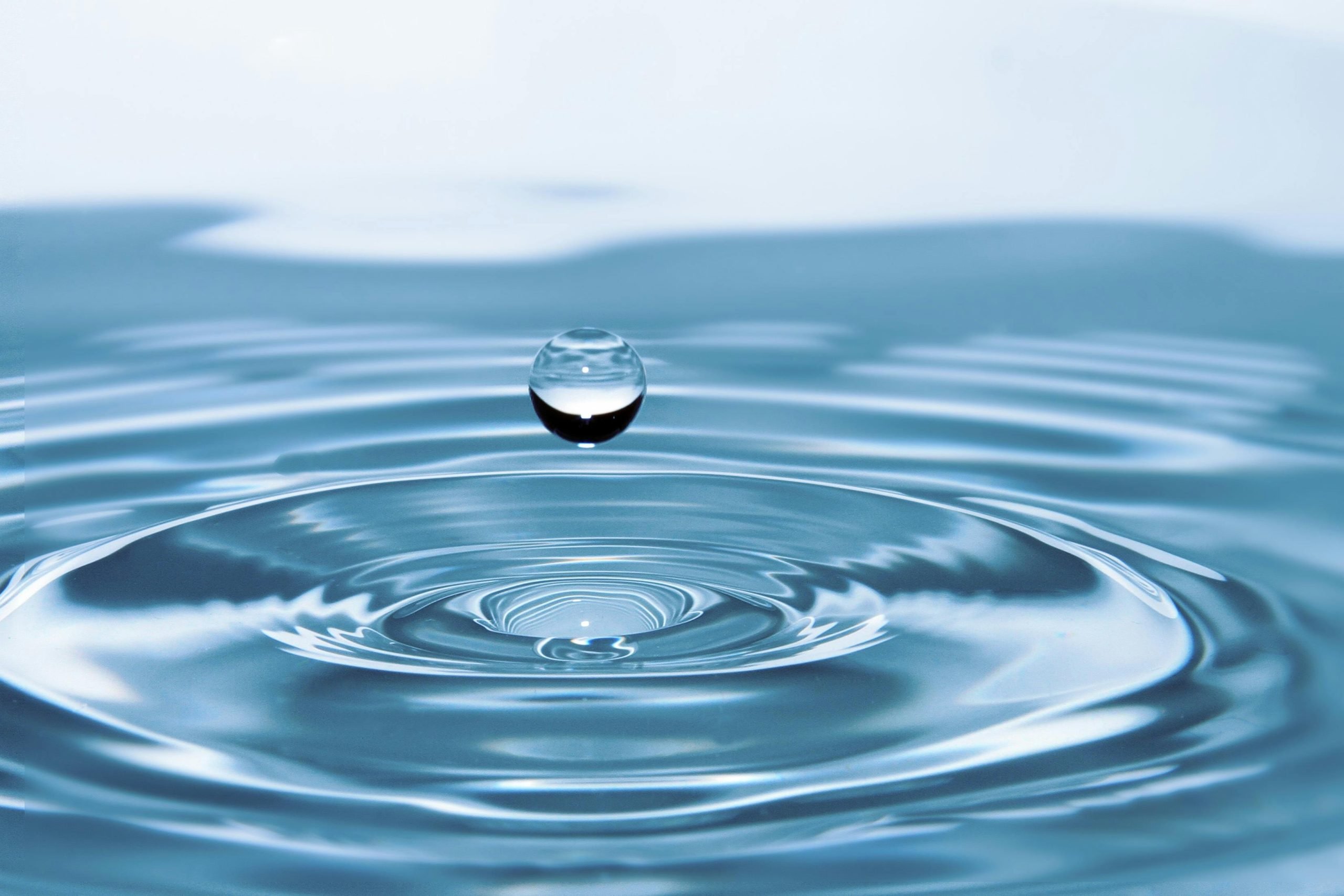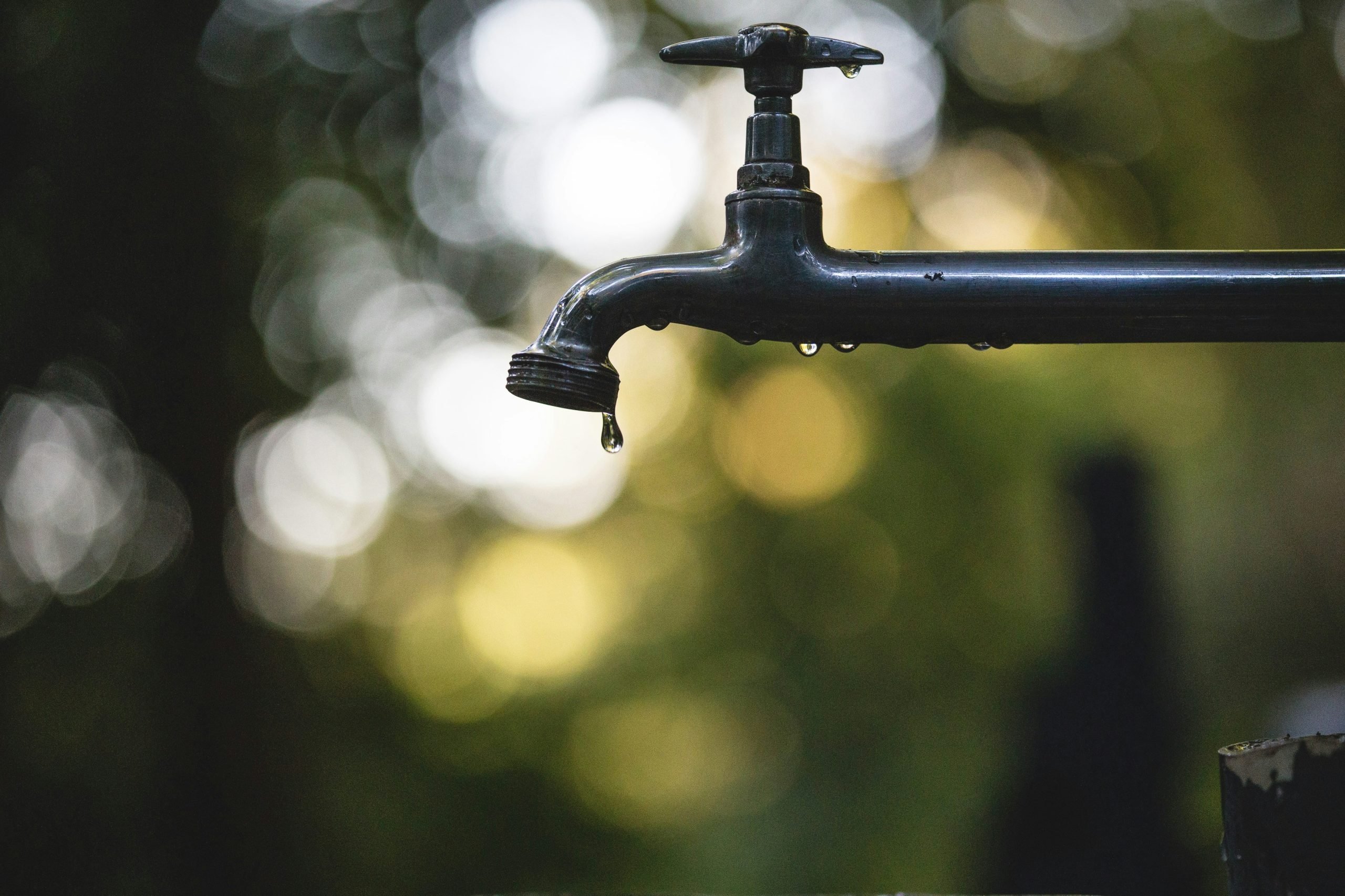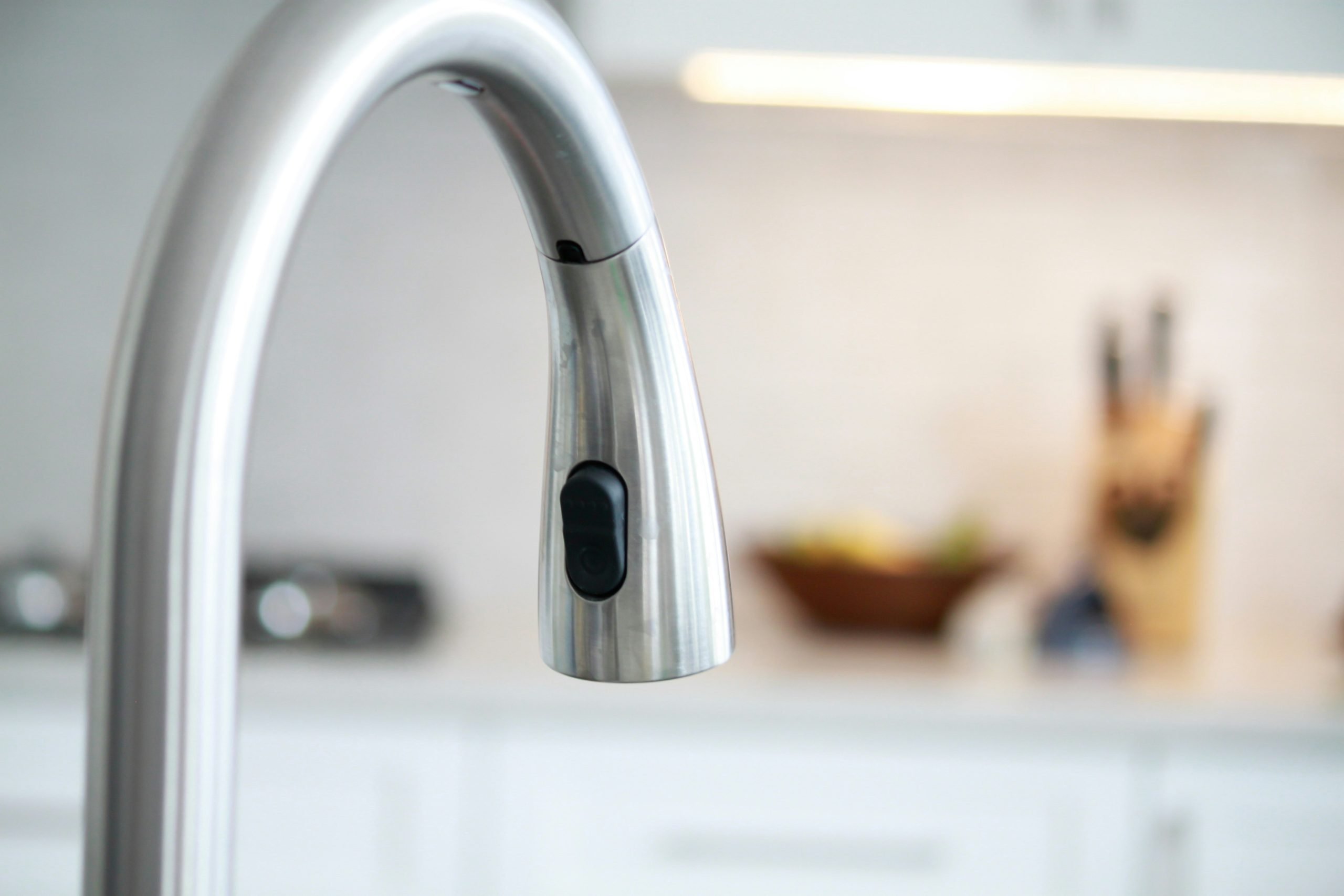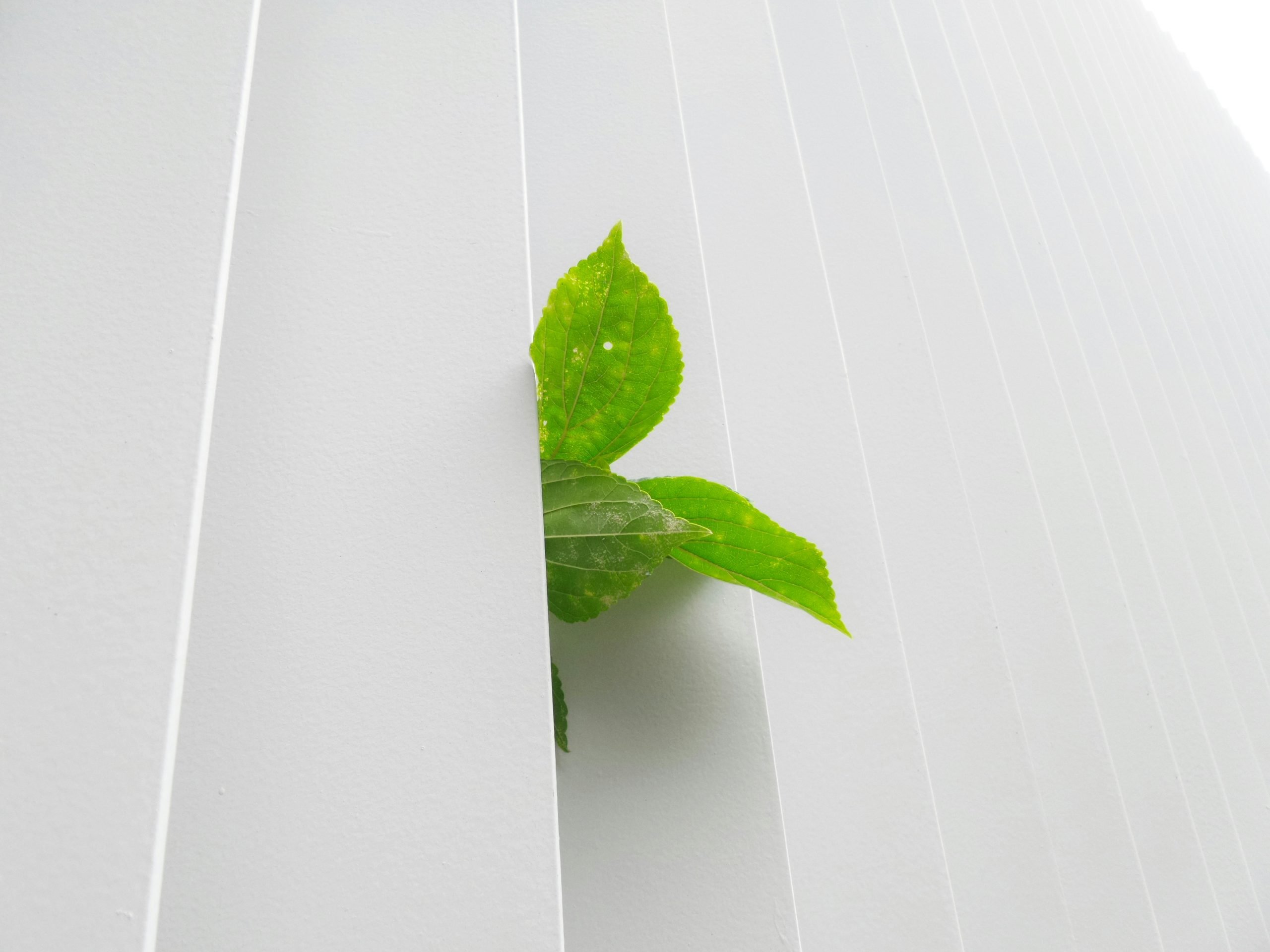In today’s evolving world, the call for environmental consciousness resonates louder than ever. As we navigate the complexities of modern living, the impact of our choices on the planet becomes increasingly evident. Amidst this awareness, one aspect of daily life often overlooked is the environmental impact of plumbing systems.
Plumbing, an essential component of every home, plays a pivotal role in our lives, providing us access to clean water and efficient waste disposal. However, the conventional practices associated with plumbing can exert a significant toll on the environment. From water wastage to energy consumption and material usage, the environmental repercussions are far-reaching.
In this article, we delve into the environmental impact of plumbing and explore sustainable solutions that homeowners can adopt to minimize their carbon footprint. From water conservation techniques to energy-efficient practices and eco-friendly materials, we aim to empower readers with the knowledge and tools to transform their homes into havens of environmental stewardship. Join us on this journey towards sustainable living, where every flush and faucet drip contributes to a greener, more sustainable future.

Water Conservation
Water is a precious resource essential for life, yet its availability is not unlimited. In today’s world, where water scarcity is a growing concern, we must adopt measures to conserve this vital resource. In our homes, plumbing systems play a significant role in water usage, making it essential to implement water-saving practices and technologies.
Importance of Water Conservation in Homes
Water conservation is not merely a matter of reducing utility bills; it’s about safeguarding the planet’s finite water resources. According to statistics, the average American household uses approximately 300 gallons of water per day, with a significant portion wasted due to inefficient plumbing fixtures and habits. This excessive water consumption not only strains local water sources but also contributes to environmental degradation and ecosystem disruption.
Sustainable Plumbing Fixtures and Appliances
Embracing water-efficient plumbing fixtures and appliances is a cornerstone of water conservation efforts in modern homes. Low-flow toilets, for instance, use significantly less water per flush compared to traditional models, helping households conserve gallons of water each day. Similarly, installing water-efficient faucets and showerheads equipped with aerators can reduce water consumption without compromising functionality or comfort.
Smart irrigation systems offer another avenue for water conservation, particularly in outdoor spaces. These systems utilize sensors and weather data to adjust watering schedules based on real-time conditions, ensuring optimal moisture levels for plants while minimizing water waste. By integrating these sustainable plumbing solutions into their homes, homeowners can contribute to water conservation efforts and pave the way for a more sustainable future.
Energy Efficiency
In the realm of environmental sustainability, energy efficiency stands as a critical pillar. As we strive to reduce our carbon footprint and mitigate the impacts of climate change, optimizing energy usage within our homes becomes paramount. Within the domain of plumbing, numerous opportunities exist to enhance energy efficiency and minimize environmental impact.
Understanding Energy Consumption in Plumbing Systems
Plumbing systems within homes consume significant amounts of energy, primarily in functions such as water heating and distribution. Traditional water heating methods, often reliant on fossil fuels, contribute to greenhouse gas emissions and energy inefficiency. Understanding the magnitude of this energy consumption is crucial for homeowners seeking to adopt more sustainable practices.
By transitioning to energy-efficient water heating solutions, homeowners can substantially reduce their carbon footprint while enjoying cost savings over the long term. Solar water heaters harness the power of sunlight to heat water, offering a renewable and eco-friendly alternative to conventional heating systems. Tankless water heaters, which heat water on demand, eliminate the standby energy losses associated with traditional tank-based heaters, further enhancing energy efficiency within the home. Heat pump water heaters leverage ambient heat from the surrounding environment to warm water, providing an energy-efficient option for households looking to reduce their energy consumption and environmental impact.
Material Choices
The materials used in plumbing systems can significantly impact both the environment and human health. Traditional plumbing materials often involve extraction and manufacturing processes that contribute to pollution and resource depletion. However, advancements in eco-friendly alternatives provide opportunities for homeowners to make sustainable choices in their plumbing installations.
Environmental Impact of Traditional Plumbing Materials
Materials such as PVC and copper, commonly used in plumbing, pose environmental challenges throughout their lifecycle. The extraction of raw materials, manufacturing processes, and eventual disposal contribute to carbon emissions and environmental degradation. Additionally, non-biodegradable materials can persist in the environment for extended periods, further exacerbating ecological harm.
In contrast, eco-friendly alternatives offer a more sustainable approach to plumbing. PEX piping, made from cross-linked polyethylene, is a durable and flexible material that requires fewer resources to manufacture compared to traditional options like copper. Recycled and sustainable materials, such as reclaimed wood or recycled plastic, offer environmentally conscious choices for fixtures and fittings.
Furthermore, bio-based plumbing components derived from renewable sources present opportunities to reduce reliance on finite resources and minimize environmental impact. By embracing these sustainable material choices, homeowners can contribute to a greener and more sustainable future.

Leak Detection and Repair
Undetected leaks in plumbing systems can lead to significant water waste, property damage, and increased utility bills. However, prompt detection and repair of leaks are essential for conserving water and preserving the integrity of the home’s infrastructure. In this section, we explore the importance of leak detection and repair and discuss sustainable methods to address plumbing leaks effectively.
The Significance of Addressing Plumbing Leaks Promptly
Plumbing leaks, whether visible or hidden, can have far-reaching consequences if left unaddressed. Beyond the immediate water wastage, leaks can compromise the structural integrity of buildings, leading to costly repairs and potential health hazards such as mold growth. Furthermore, leaks contribute to inflated water bills, placing unnecessary financial burdens on homeowners. Therefore, early detection and timely repair of plumbing leaks are crucial for maintaining the efficiency and sustainability of residential plumbing systems.
Sustainable leak detection and repair methods are essential for minimizing water waste and environmental impact. Advanced leak detection technologies, such as acoustic leak detection and thermal imaging, enable professionals to pinpoint leaks, reducing the need for extensive and invasive inspection methods.
Eco-friendly repair materials and techniques, such as epoxy pipe lining and trenchless pipe repair, offer sustainable solutions that minimize disruption to the environment while extending the lifespan of plumbing systems. Regular maintenance and proactive leak detection protocols can further prevent leaks from occurring, ensuring the long-term sustainability of residential plumbing infrastructure.
Waste Management
Effective waste management is a fundamental aspect of sustainable living, and this extends to the realm of plumbing. From the disposal of wastewater to the treatment of sewage, responsible waste management practices are essential for preserving environmental health and protecting natural resources. In this section, we delve into the challenges of wastewater management and explore sustainable solutions for homeowners.
Challenges Associated with Wastewater Disposal
Conventional sewage systems often pose challenges in effectively managing wastewater, particularly in densely populated areas. Traditional systems rely on centralized treatment facilities, which can strain infrastructure and result in inefficiencies in wastewater treatment and disposal. Moreover, untreated or inadequately treated wastewater can pose risks to public health and the environment, contaminating water sources and harming ecosystems.
In response to these challenges, homeowners can adopt sustainable wastewater management solutions that minimize environmental impact and promote resource conservation. Greywater recycling systems, for instance, allow households to reuse water from sinks, showers, and laundry for irrigation or toilet flushing, reducing the demand for freshwater resources. On-site sewage treatment options, such as septic systems or decentralized wastewater treatment plants, provide decentralized solutions for treating and disposing of wastewater, mitigating the strain on centralized infrastructure and reducing the risk of pollution.
Additionally, composting toilets and alternative sanitation methods offer eco-friendly alternatives to traditional flush toilets, promoting nutrient recycling and reducing the need for water-intensive sewage systems. By embracing these sustainable waste management practices, homeowners can contribute to the preservation of water quality and ecosystem health while minimizing their environmental footprint.

Eco-Friendly Swaps for Homeowners
Transitioning to more sustainable alternatives in your home can significantly reduce your environmental footprint while promoting a greener lifestyle. Here are some eco-friendly swaps that homeowners can make to promote sustainability in their plumbing systems:
1. Replace Traditional Fixtures with Low-Flow Alternatives
Swap out old, water-guzzling fixtures such as toilets, showerheads, and faucets with low-flow alternatives. Low-flow toilets use less water per flush, while low-flow showerheads and faucets conserve water without sacrificing water pressure or performance.
2. Upgrade to Energy-Efficient Appliances
Invest in energy-efficient appliances for your kitchen and laundry room. Opt for Energy Star-rated dishwashers and washing machines, which consume less water and energy compared to conventional models, saving you money on utility bills while reducing your carbon footprint.
3. Install a Smart Irrigation System
Upgrade your outdoor irrigation system with smart technology that adjusts watering schedules based on weather conditions and soil moisture levels. Smart irrigation systems help prevent overwatering, minimize water waste, and promote healthier plant growth.
4. Switch to Sustainable Materials
When renovating or upgrading your plumbing system, choose eco-friendly materials such as PEX piping, which requires fewer resources to manufacture compared to traditional materials like copper. Look for fixtures and fittings made from recycled or sustainable materials to minimize environmental impact.
5. Implement Leak Detection Technology
Invest in advanced leak detection technology to identify and repair plumbing leaks promptly. Tools such as acoustic leak detectors and moisture sensors can help detect hidden leaks early, preventing water damage and conserving water resources.
6. Explore Alternative Water Sources
Consider alternative water sources for non-potable uses such as irrigation and toilet flushing. Install rainwater harvesting systems to collect and store rainwater for outdoor use, reducing reliance on municipal water supplies and promoting water conservation.
By making these eco-friendly swaps in your home, you can contribute to a more sustainable future while enjoying cost savings and improved efficiency in your plumbing system.

Conclusion
In conclusion, the environmental impact of plumbing is undeniable, yet the solutions to mitigate this impact are within reach. By embracing sustainable practices such as water conservation, energy efficiency, and responsible waste management, homeowners can play a crucial role in preserving our planet’s resources and safeguarding the environment for future generations.
From upgrading to low-flow fixtures and energy-efficient appliances to adopting eco-friendly materials and implementing smart irrigation systems, there are numerous steps homeowners can take to make their plumbing systems more sustainable. By making these changes, individuals can reduce their carbon footprint, lower utility bills, and contribute to a healthier and more sustainable planet.
At Service by Scott, we understand the importance of sustainable plumbing solutions in today’s world. With over 30 years of experience serving Woodville, Texas, and surrounding areas, we are committed to helping homeowners make environmentally conscious choices for their plumbing needs. Whether you require leak detection and repair, water heater installation, or sustainable plumbing upgrades, our team of experts is here to assist you every step of the way.
Contact Service by Scott today to learn more about our sustainable plumbing services and take the first step towards a greener, more sustainable home. Together, we can make a difference for our planet and future generations.
FAQs
What are the benefits of installing low-flow fixtures in my home?
Installing low-flow fixtures such as toilets, showerheads, and faucets can significantly reduce water consumption, leading to lower water bills and conservation of precious water resources. Additionally, low-flow fixtures often maintain adequate water pressure and performance, ensuring comfort and functionality while promoting sustainability.
How can I detect and prevent water leaks effectively?
Detecting and preventing water leaks involves regular maintenance and vigilance. Utilize advanced leak detection technologies such as acoustic leak detectors and moisture sensors to identify hidden leaks early. Additionally, schedule routine plumbing inspections and promptly repair leaks to prevent water damage and conserve water resources.
Are there any government incentives for adopting eco-friendly plumbing solutions?
Depending on your location, there may be government incentives or rebates available for adopting eco-friendly plumbing solutions. Check with local utility companies or government agencies to explore potential incentives for upgrading to energy-efficient appliances, installing water-saving fixtures, or implementing sustainable plumbing practices in your home.
Can I retrofit my existing plumbing system to be more sustainable?
Yes, it’s possible to retrofit your existing plumbing system to be more sustainable. Consider upgrading to low-flow fixtures, installing water-efficient appliances, and implementing leak detection technology to minimize water waste and improve energy efficiency. Consulting with a professional plumber such as Service by Scott can help identify opportunities for sustainability upgrades tailored to your specific needs and budget.
What steps can homeowners take to conserve water in their daily routines?
Simple water-saving habits can make a significant difference in conserving water. Turn off faucets while brushing teeth or washing dishes, take shorter showers, and fix any leaks promptly. Additionally, collect rainwater for outdoor use, such as watering plants or washing cars, and consider installing water-saving devices such as aerators and shower timers to further reduce water consumption.

